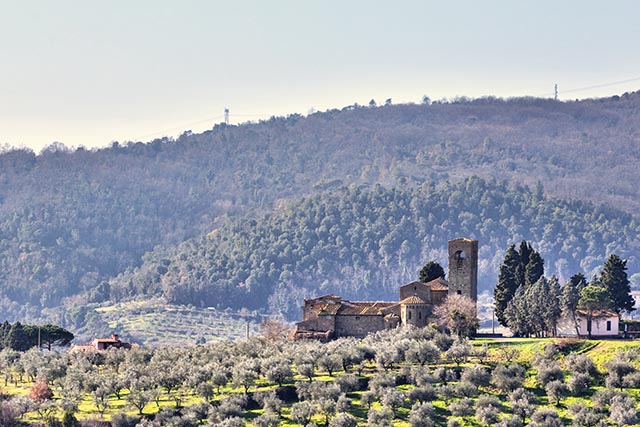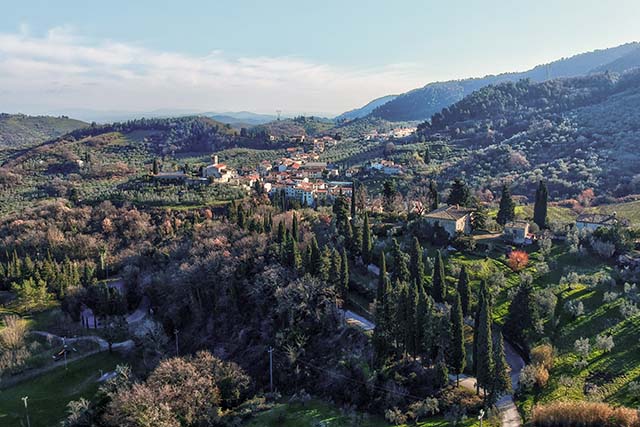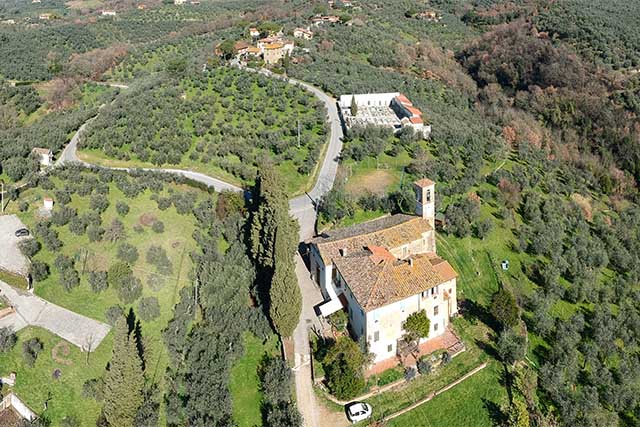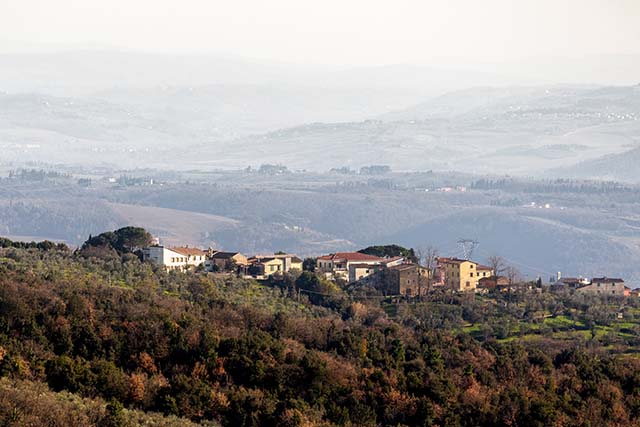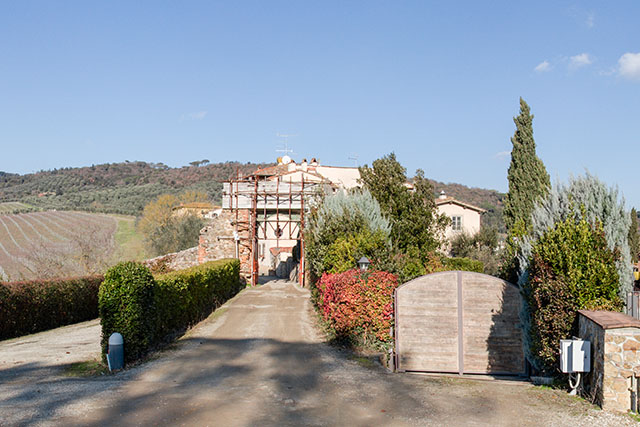Municipality of Carmignano
The Archeological Park of Carmignano includes various Etruscan sites of interest, as well as the Museo Archeologico Comunale ‘Francesco Nicosia’ in Artimino, which has gathered together many artefacts from the town’s Etruscan past. A fine collection of pottery is on display in a separate section of the museum in the nearby village of Bacchereto. The family of Leonardo’s paternal grandfather owned a kiln in this village and it is thought that Leonardo may have received his first informal lessons in art there.
Leonardo's paternal grandmother, Lucia, was originally from Bacchereto, the production center for the glazed pottery that was in full bloom during Leonardo’s time. An ancestor of grandmother Lucia’s family was one of the first pottery vendors of Bacchereto: Leonardo could certainly add to the many experiences of his youthful period in these places also the practice, in Bacchereto, of clay modeling and knowledge of furnaces and enamel colors, which he even mentions in his papers. In Bacchereto there are still "Vincian" localities such as Toia, where his grandmother's family had a house and a pottery kiln.
Orbignano has very ancient origins. It was a village of the bishop of Pistoia, and maintained this link until the 13th century, as a small rural municipality in the district of Pistoia. In Leonardo’s time, however, this part of Montalbano had already passed under the government of Florence, over a century earlier, so that the lands at Orbignano belonging to the da Vinci family were then situated within the municipality of Vinci. The Costereccia farm in Orbignano became the residence of the branch of the family of notary Domenico di Ser Piero da Vinci, one of Leonardo's half-brothers, for more than two centuries. All his descendants, and perhaps Domenico himself, were buried in the cloister of the church of Santa Maria al Pruno.
Pietramarina is an ancient locality, situated at one of the highest elevations of the southern ridge of Montalbano. This place, where we can see the remains of a fortress-sanctuary dating back to the Etruscan period, and a curiosity, the renowned "Masso del diavolo", was called sasso marino in the 16th-century. Leonardo must have known this part of Montalbano: from here he could descend towards Bacchereto and, especially, toward the family home of his paternal grandmother. In the famous view of Montalbano in Codex Madrid II, f.23r, Leonardo reports the toponym Fornia, which corresponds today to the name of a farm near Pietramarina.
The Barco Reale, the great Medici hunting reserve, was built in 1626, enclosing the ridge of Montalbano with a long, continuous wall. It did not exist in Leonardo's time, but today some of the surviving features cross through the places he knew well during his youth. Portions of walling can be seen along the Via dei Mulini di Vallebuia and above Bacchereto, in Fornia, the toponym Leonardo indicated in Codex Madrid II. Leonardo also knew well the place enclosed in the small hunting reserve of the Barchetto della Pineta, on Poggio alla Malva, a small promontory over the Arno that Leonardo had drawn on a folio from the Codex Leicester, indicated with the name Pini.





